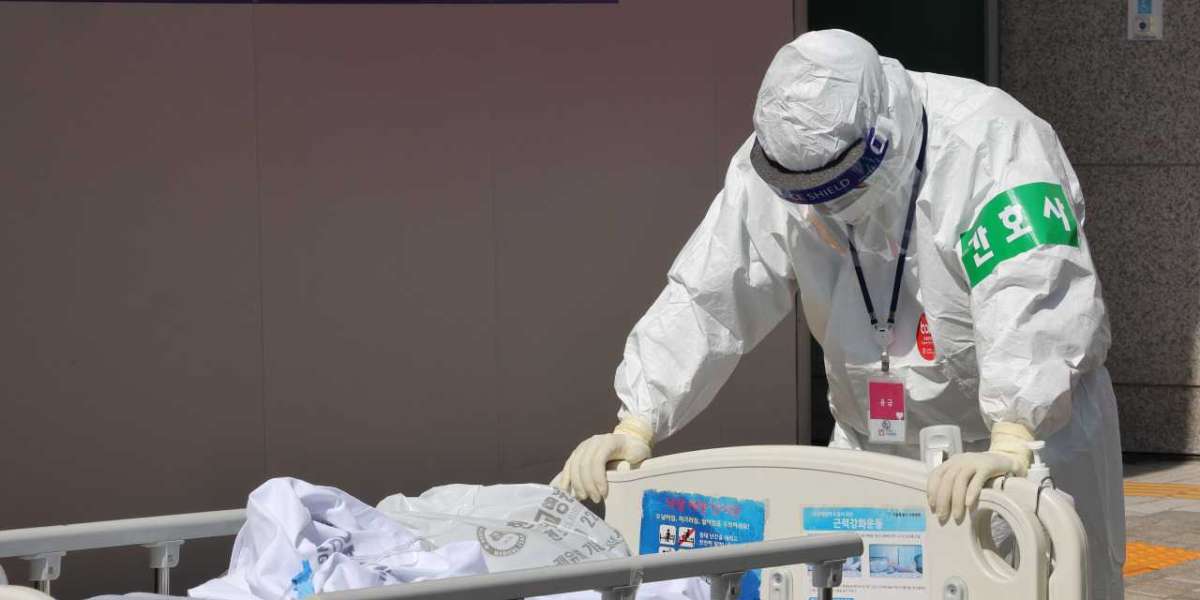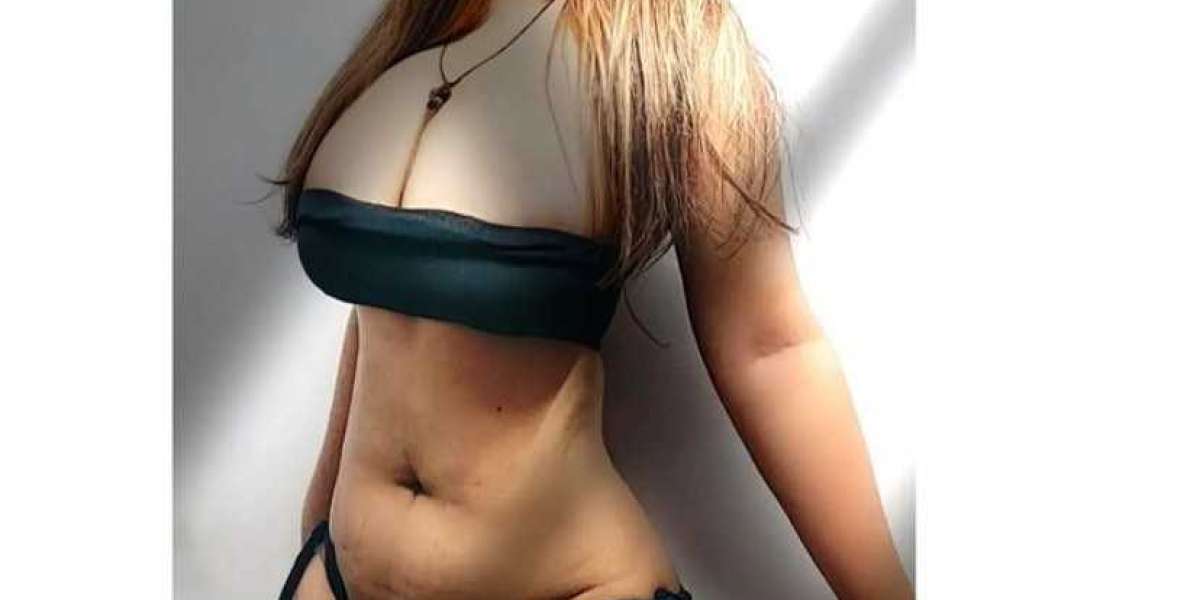Patients with COVID-19 who are sick for longer than the seven-day quarantine are having difficulty obtaining medical care and paying hospital fees.
Because the proportion of new instances of omicron was increasing, the government decided to cut the isolation time to seven days in January. Once the seven-day period of isolation has expired, the government will no longer fund any medical expenses incurred as a result of COVID-19.
"A patient is no longer considered to be a COVID-19 case if he or she has been hospitalized for more than seven days," the ministry says. Despite this, some patients are still undergoing oxygen therapy and other invasive operations such as extracorporeal membrane oxygenation, or ECMO, as a result of COVID-19-related health problems, according to a joint statement released on March 23 by families of survivors.
According to the statement, patients were forced to give up their places in intensive care units before they had fully healed. In late December, the government for the first time issued criteria limiting the maximum period of stay in intensive care units in order to speed up turnover in the face of a dearth of available beds.
They said that the legally mandated isolation period was equivalent to "a bare minimum of time allocated to patients to ensure that they receive care," and that it overlooked the reality of many patients suffering from severe symptoms who are unable to recover in a week.
Following up on that statement, Ministry of Health and Welfare spokesman Son Young-rae stated at a press briefing on March 22 that around three-quarters of severe or critical cases were caused by underlying conditions rather than COVID-19 itself. He stated on March 17 that previous medical issues were the cause of half of the COVID-19 fatalities.
Her family was being charged approximately 5 million won ($4,100) per week, with the total amount already approaching 40 million won, according to a statement issued by the daughter of a patient who has been in the hospital for nearly three months after contracting COVID-19, the statement claimed. All of those bills were the responsibility of the entire family.
As a result, she claims she is now being told that her mother, despite the fact that she has been placed on ECMO, must relocate since she has "recovered from COVID-19."
She claims that when her mother's oxygen levels began to plummet while she was isolating at home during COVID-19, she was not promptly assigned a bed, despite the fact that she was already fragile and in her 70s prior to the outbreak. Despite her numerous demands, she was told that she would have to wait. She believes that if her mother had received medical attention sooner, she would not have suffered as severely as she did.
"I'm baffled as to why the government is refusing to recognize my mother as a COVID-19 victim. "She is in the intensive care unit, fighting for her life as a result of COVID-19," she explained.
Some towns have stopped providing funeral assistance to COVID-19 patients who die after the seven-day isolation period, based on the same basis as the state. However, according to statistics, the average period from diagnosis to death is 15 to 17 days, which is significantly higher than the national norm.
Obtaining post-isolation care is often a barrier for patients who are not in the most critical condition. Patients can access telehealth services while they are still in isolation, but they will not be able to do so after they have been released. Some hospitals and clinics are prohibiting patients from requesting in-person visits shortly after being released from isolation because they are concerned that they may still be infectious after being released.
Those who are still experiencing symptoms are finding it difficult to cope with the situation. The disease's effects, which are referred to as post-COVID-19 syndrome, can occasionally linger for more than four weeks after the initial signs and symptoms arose.
Specifically, Dr. Choi Hongjo, a preventive medicine professor at Konyang University, pointed out that "our policies and conversations around them have been focused on lowering the administrative burden rather than on protecting patients."
He expressed concern that, as a result of the policy, low-income patients and their families, in particular, may decide not to continue treatment due to the financial load.
The omicron surge is still underway, but Korea is prepared to scale back its medical response to COVID-19 to levels similar to those experienced before the epidemic, according to the most recent declarations from the country's authorities.
Kim Boo-kyum, the Prime Minister of South Korea, stated on March 17 that talks were underway to reduce COVID-19's threat status, allowing hospitals to treat infected patients without needing to segregate them. By taking this step, the government would be relieved of the burden to cover the costs of tests and treatments.
In January, the Korea government announced that the no-cost program for obtaining a COVID-19 test would be discontinued. Prior to the recognition of quick antigen test results as a diagnosis on March 14, polymerase chain reaction, or PCR, testing could cost individuals under the age of 60 as much as 100,000 won per test. The quick antigen tests, which cost roughly 5,000 won, are significantly less expensive.
According to Dr. Kim Chang-yup, a professor of public health sciences at Seoul National University and director of the People's Health Institute, the unsustainable expenditures of COVID-19 hospitalization demonstrate the limits of Korea's National Health Insurance Service.
He stated that the elimination of waivers under the state health insurance scheme was only a matter of time because continuing to allow them would result in people with other ailments receiving less coverage.
The funding for infectious diseases such as COVID-19, on the other hand, should be addressed in a separate budget bill, according to him.
For the first 24 hours of Monday, South Korea reported 347,513 illnesses and 237 deaths, according to official figures. A weekly case fatality rate of 0.1 percent was recorded throughout the country over the last week, with an average of 348,952 new cases and 353 deaths per day, corresponding to an annual case fatality rate of 0.1 percent. Approximately 68 percent of all ICU beds in the United States were occupied.



